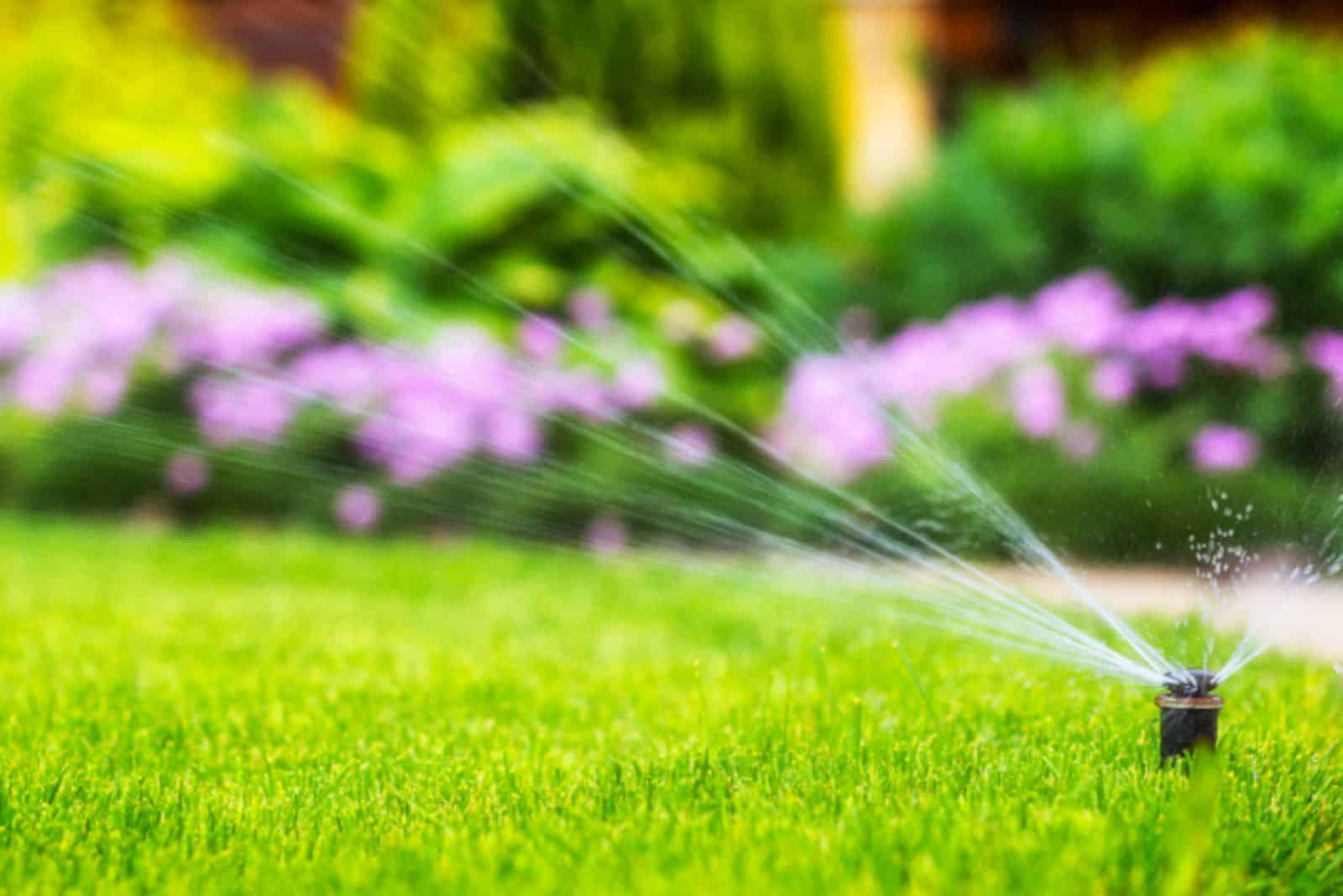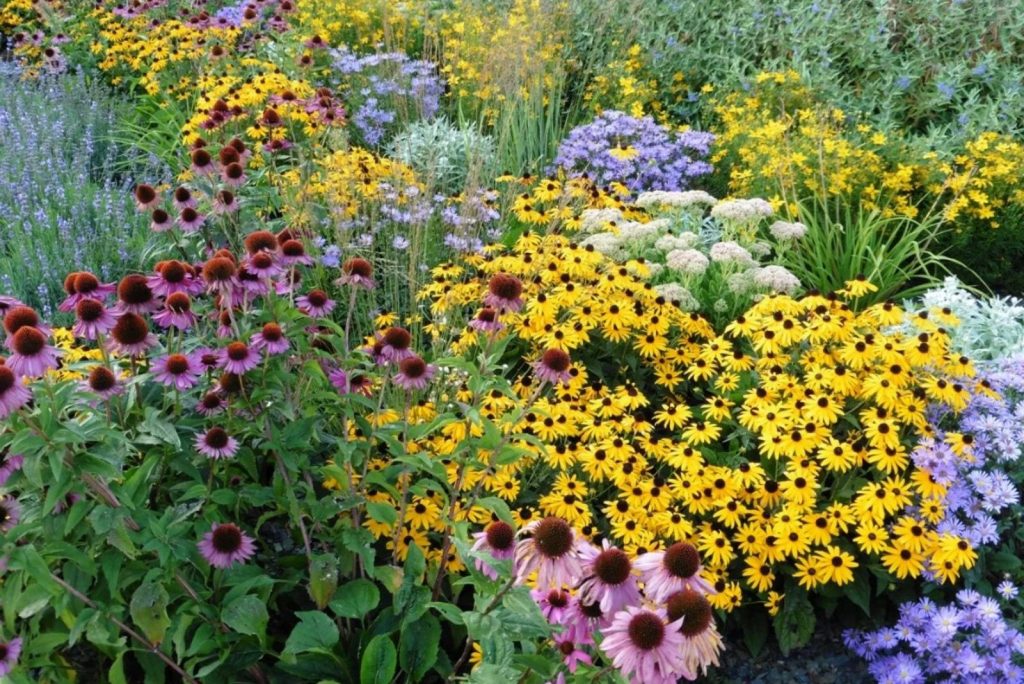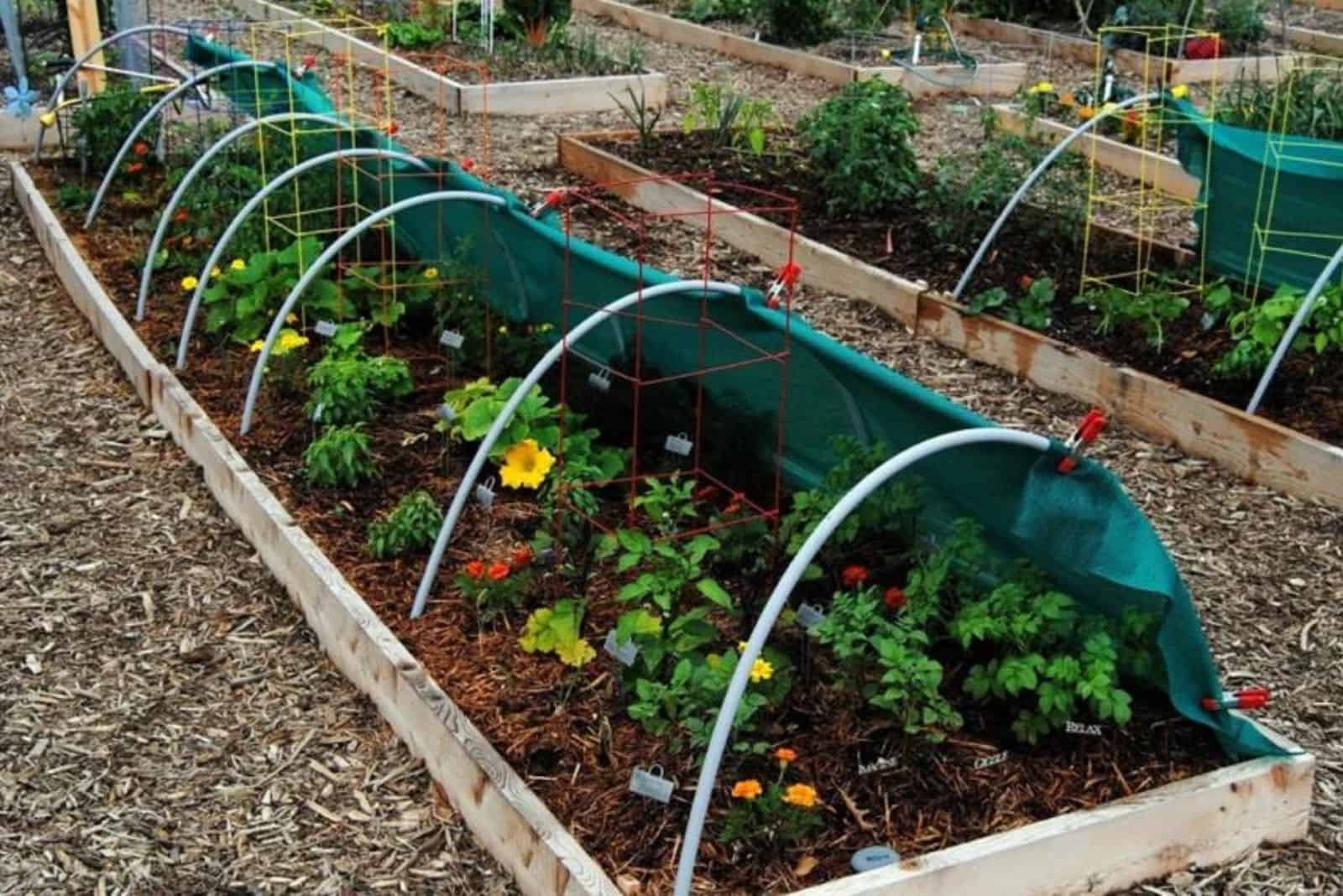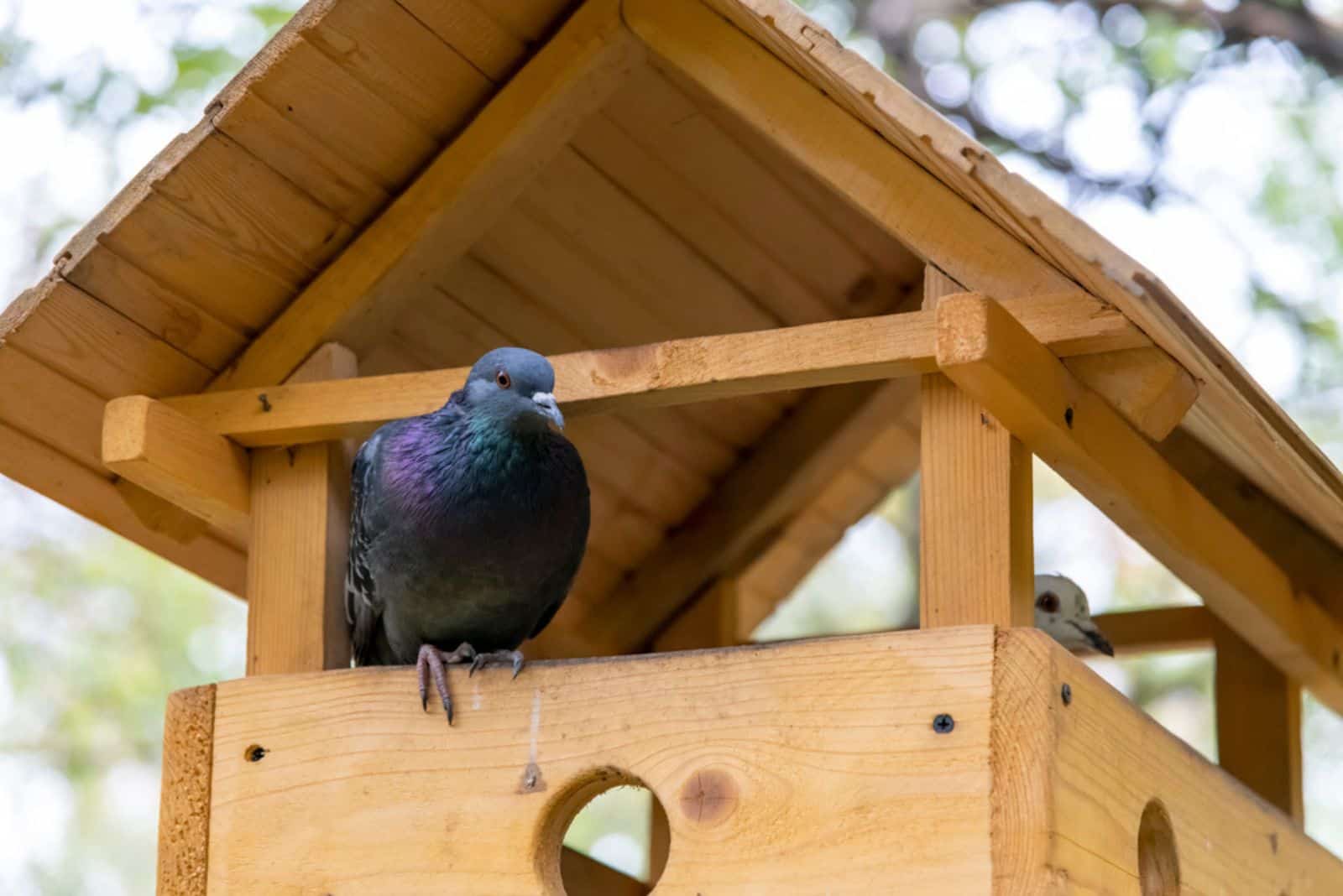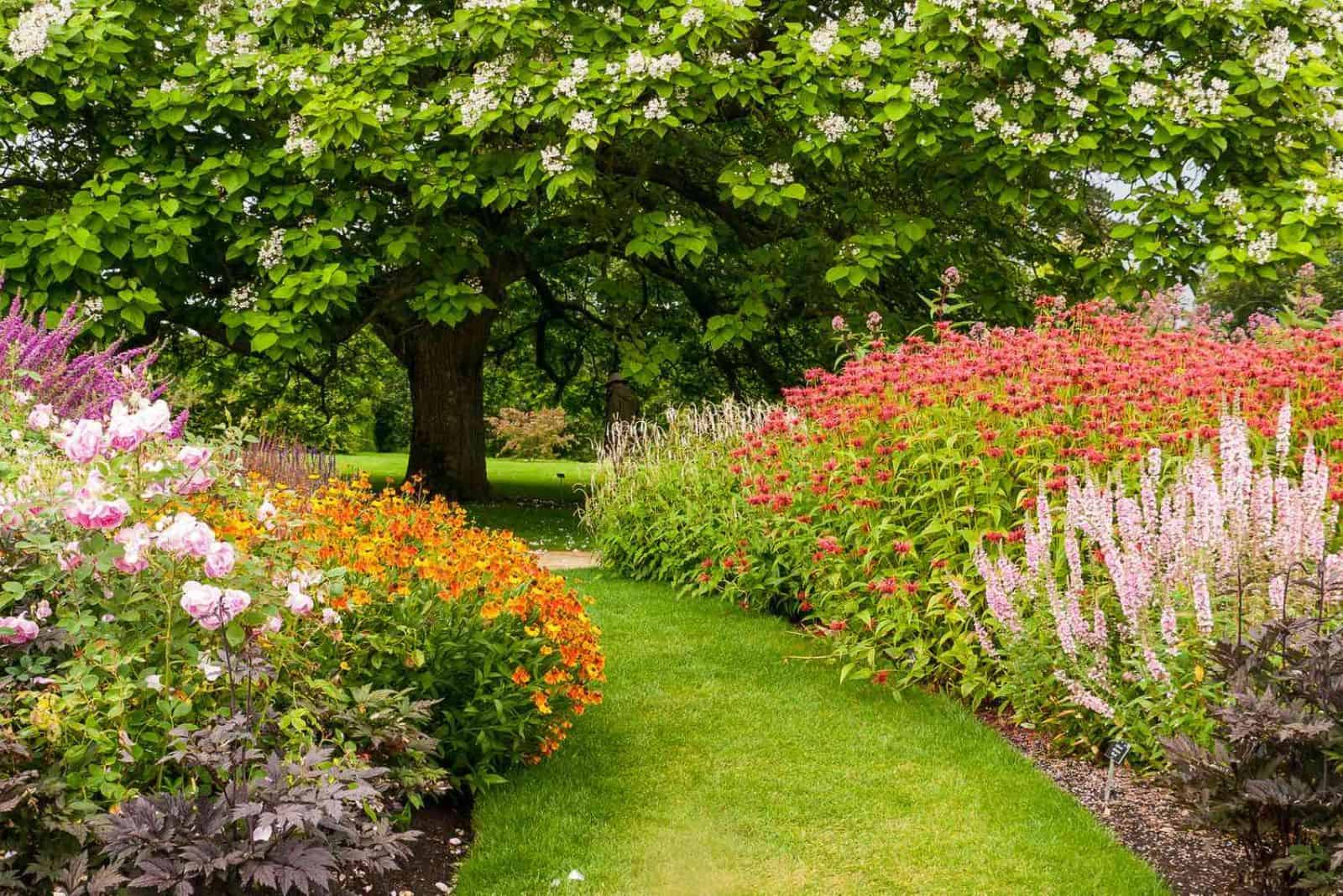Going back to nature can be a wonderful thing because it can help renew your garden and restore it to its former glory.
This method will also give you more time to relax as you won’t have to spend so much time pruning, mowing, and tending to your plants.
I understand that this can be a scary thing because you still want it to look like a garden and not a backyard jungle. I can tell you that the first time you see fireflies again will be magical and all the busy buzzing will make you feel invincible.
And here’s how to get there!
Why Rewild
When someone mentions the word rewilding, you’re bound to find ardent advocates for and against it.
I mean, who in their right mind would want wolves, bears, beavers, and bison freely roaming around?
And yet, are we worthy enough to interfere with nature and its course?
But there’s a solution! We can coexist with nature without harming its flora and fauna. In fact, we can support it in ways you previously thought impossible.
Rewilding will restore nature to its uncultivated self, increase biodiversity, and restart natural processes by reducing human interference.
And all you’ve got to do is sit back and let nature take its course. This means letting your yard go a bit, which will soon pay off and nourish your backyard ecosystem.
10 Rewilding Ideas
The best thing about rewilding your front or back yard is that you reduce the amount of work you do.
That means less frequent mowing, encouraging some weeds, planting perennials, etc.
Here are some things you can do!
1. Stop Lawn-Mowing
The first step to rewilding your yard is stopping lawn-mowing. And if you don’t want to spend time and money on setting up a lawn you won’t mow, you can go ahead and choose some grass lawn alternatives.
Microclover and prairie lawn are excellent ways of giving back to nature. You can also add some color by planting wildflowers that thrive in your region.
But you don’t have to give up the green aesthetics of traditional lawns. Choose grasses that look good when taller and mow them less frequently – say 1-2 times during summer.
This technique will be a domino effect for sustainable living. For instance, you can collect the grass, dry it, and use it as mulch or hay for your animals.
Another thing that sprouts from no-mow practice are native plants and wildflowers. They will start to take hold and provide food and shelter for numerous pollinators.
2. Make A Weed Area
Not every plant we refer to as “weed” is harmful to the ecosystem. Some of them are edible and many of them attract beneficial insects, including pollinators and natural pest predators.
For instance, you may recognize stinging nettles for their bite, but did you know that you can prepare it just like spinach and enjoy it as a healthy side dish?
Clover will attract bees and butterflies, and will sprinkle your lawn with purple and creamy flowers all season long.
Bellis daisies and cornflowers are also considered weeds, and yet they add so much allure to the plain greenery of lawn grasses.
Therefore, don’t forget to designate an area in your garden where you’ll encourage these plants to grow.
3. Grow Perennials
Perennials come back year after year and will make your garden easier to maintain. Another benefit of growing perennial plants in your backyard is that they’ll bloom throughout the season, attracting numerous pollinators.
Peonies, daffodils, and daylilies bloom in spring and are followed by summer-blooming shasta daisies and coneflowers. Later in summer and fall, lavender and sage take over the scene, and fill the air with exquisite fragrances, gorgeous flowers, and busy pollinators.
You can go with pink perennials if you want a monochromatic look or combine them with other shades for an explosion of color.
Choose plants suitable for full sun or shade, depending on your garden light exposure.
Finally, you don’t have to devote your entire garden to rewilding. You can start slow with a couple of perennials and increase their numbers gradually.
Research how to start new raspberry canes and grow them to provide more shelter (and food) for birds and other wildlife. Nuts, grapes, and fruit trees are other great options to repay nature in these terms.
4. Plant Natives
Planting perennials is a great way to rewild your garden, but not every species is native to every region.
They might grow well in your climate because it fits their needs, but that’s not the same as being native. Some may become invasive and suffocate other plants in your yard.
That’s why natives are top lawn plants which attract native pollinators and won’t choke out your garden. They also need less moisture and fertilizers since they’ve already adapted to that region.
So why not encourage both natives and perennials as a part of rewilding your garden and providing food and shelter for wildlife?
5. Turn To Organic Gardening
Rewilding is the best time to ditch the chemicals and turn to organic gardening once and for all.
I mean, you won’t find synthetic pesticides and fertilizers in nature.
The thing about these substances is that they don’t magically go away. It takes time for them to break down, and they more often than not leach into soil and underground waters.
Chemicals affect everything in their way and can create a toxic environment in which many plants cannot thrive.
I know we’ve all been taught that without fertilizers, fruits and vegetables cannot grow. But you always have an organic option that’s safe for the environment and works wonders on your plants.
Once you take chemicals out of the equation, you can try other ways of fertilizing plants and pest control.
For instance, legumes fix nitrogen and can enrich the soil with this element, while many fragrant herbs discourage pests. Therefore, companion planting can benefit your plants in the same ways as some chemicals.
Of course, your flowers and veggies will need other nutrients, but you can always use homemade compost or worm castings.
6. Incorporate Water Features
An ornamental pond, classic fountain, or a simple bird bath will always be alluring to wildlife.
Dragonflies, birds, squirrels, turtles, deer, and rabbits will frequent these areas and bring more life to your garden.
And the best part of this is that you don’t have to live in the forest to experience its charm. These creatures will bring it right to your backyard.
Simply put out a large bowl of water and see what happens. Hummingbirds, robins, and bluebirds will find your garden ten times more attractive.
7. Encourage Wildlife
There’s nothing more idyllic than tree branches being shaken by squirrels, bees, and butterflies freely flying around, and earthworms slowly going about their daily work.
And to encourage this scenery, you might need to do some other things aside from introducing water features and food sources.
Consider:
• Building bird feeders, bug houses, and bee hotels
• Keeping the foliage under hedgerows
• Leaving piles of sticks, branches, and logs for animals to find shelter in
The forest creatures will flood your garden once they discover all the fun they can have in your backyard. And you can safely watch them from your window or porch.
8. Work Less
If there’s one thing I’d like you to remember, it’s to relax and let nature take its course.
And this simply means doing less work!
There’s no need for complicated hacks to save money, time, and effort, when a little neglect can do all that for you and benefit nature along the way.
Animals will slowly come back, plants will spread out, and then they’ll disappear just like that. Nature will repeat this process over and over again, and all you need to do is take a step back and watch.
Let your vines overgrow a bit, don’t mow the lawn that frequently, and enjoy your free time and wild nature.
9. Clothe Yourself In Patience
Giving up control is something no one wants, and it’s precisely what we have to do to get a rewilded garden.
And once you take a step back and surrender order and control, you’ll see Mother Nature flourishing. It doesn’t need a boss telling her what to do; she does a great job herself!
But it takes time for nature to renew itself, and your garden won’t look its best in the beginning of this process.
So sit back, sip some tea, and do less work around your yard. The look you want will come in time!
10. Rewild Yourself
In order to fully immerse yourself in rewilding your garden, you first have to “rewild” yourself. That doesn’t mean letting yourself go, but rather letting go of the conventional conceptions of what a garden should look like.
You have to learn to get past the idea of weeds as something 100% harmful and discover the beauty and benefits they have to overall ecosystems.
As you rewild, you’ll slowly reconnect with nature, understanding its needs and discovering how to take care of it in the best way possible, whether it’s about growing plants or feeding animals.
Life will become less busy, you’ll learn to relax and let go of stress, and gain more memorable experiences with every passing day.
Rewild yourself, nature around you, your friends and neighbors, and good things will follow.
Try some or all of the tips from above, and let us know what worked for you.


